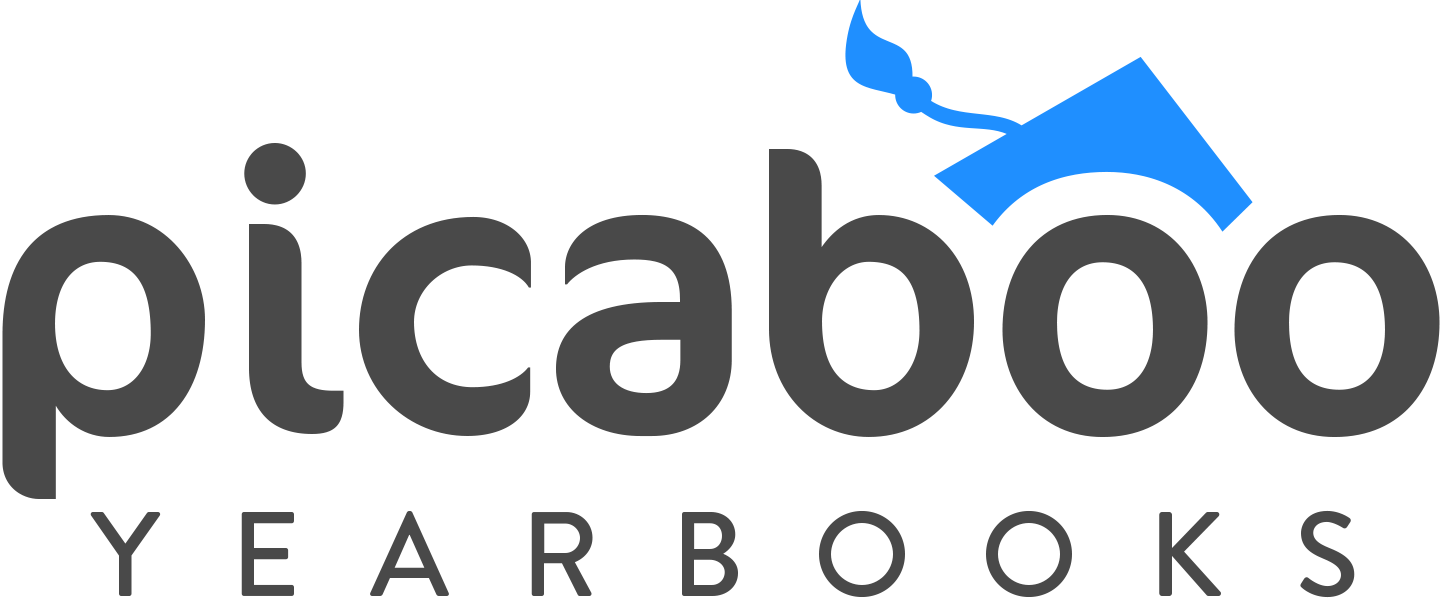Back to Basics – Student Press Legal Rights & Responsibilities
By Nicole Hammond, Professional Development Trainer
The 1st Amendment of the US Constitution guarantees freedom of the press, and student publications such as yearbooks have enjoyed the benefits of some of those freedoms. The 1969 Supreme Court ruling in Tinker V Des Moines upheld a student’s right to free expression at school, after a group of students who wore black arm bands to school in protest of the Vietnam War. This ruling was the standard for all student expression until 1988 when The Supreme Court ruled in Hazelwood V Kuhlmeier that school sponsored student publications were subject to school censorship.
The court established 3 factors to determine is a student publication is “school sponsored”:
Is the publication supervised by a faculty member?
Was it designed to impart knowledge or skill to the students or audience?
Does the publication use the school’s name or resources?
The publication does not have to meet all 3 criteria to be subject to the rules.
These factors apply to public schools only. Private school publications are subject to the policies of their own administrations.
NOTE: Under the Hazelwood decision, school boards/administrations are allowed to censor student publications when warranted, but they are NOT required to. Schools may adopt their own media guideline policies which can allow broader 1st amendment rights. Does your school system have one? If you don’t know, now is a good time to ask! And, if you need help in crafting one for your school, check out this resource.
Copyright
A copyright grants artists and authors exclusive rights to own, sell and reproduce their creations, making it illegal for anyone else to reproduce the work without the creator’s consent.
Copyright protects the original expression of an idea in the form of a creative work, but not the idea itself.
Your staff wants to use song lyrics, a Disney Marvel logo, or just a cool piece of clipart they found in a Google search. It’s on the internet so you’re free to use it, right? WRONG!
Fonts
Clipart
Images
Backgrounds
Lyrics
All of the above are copyrighted and cannot be used without proper permission. So what can you use? Start with:
Images titled: public domain – A public domain image is defined as a photo, clip art or vector whose copyright has expired or never existed in the first place. These images can be used by almost anyone for personal and commercial purposes.
Images marked free for public use.
Images marked free for commercial use.
Just because a website advertises “free clip art” does not mean you are free to use it any way you want.
If you want to learn more about copyright, this is an excellent learning and resource website: eff.org.
Being Ethical
Above all, we should be teaching our students ethics in journalism. The 4 tenets of ethics can be found at the Society of Professional Journalist’s website: spj.org.
Seek truth and report it.
Minimize harm.
Act independently.
Be accountable and transparent.
While school yearbooks are created by students, that should not give them a pass to act without journalistic integrity. Now is the perfect time to instill this in them.
